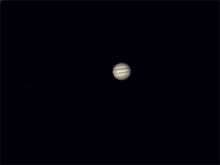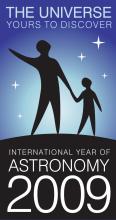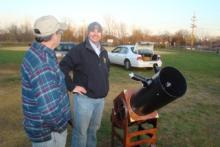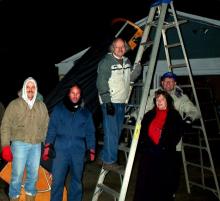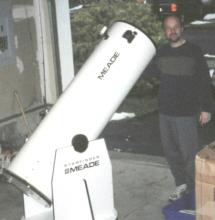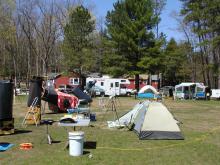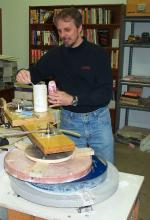Feed aggregator
Baby quasars: Growing supermassive black holes
The James Webb Space Telescope makes one of the most unexpected findings within its first year of service: A high number of faint little red dots in the distant Universe could change the way we understand the genesis of supermassive black holes.
Finding new physics in debris from colliding neutron stars
Neutron star mergers are a treasure trove for new physics signals, with implications for determining the true nature of dark matter, according to physicists.
Astronomers spot oldest 'dead' galaxy yet observed
A galaxy that suddenly stopped forming new stars more than 13 billion years ago has been observed by astronomers. Using the James Webb Space Telescope, astronomers have spotted a 'dead' galaxy when the universe was just 700 million years old, the oldest such galaxy ever observed.
Discovery tests theory on cooling of white dwarf stars
Open any astronomy textbook to the section on white dwarf stars and you'll likely learn that they are 'dead stars' that continuously cool down over time. Astronomers are challenging this theory after discovering a population of white dwarf stars that stopped cooling for more than eight billion years.
Space tourism? Cosmic radiation exposure
Space weather experts are urging regulators and space tourism innovators to work together to protect their passengers and crews from the risks of space weather radiation exposure.
Groundbreaking survey reveals secrets of planet birth around dozens of stars
A team of astronomers has shed new light on the fascinating and complex process of planet formation. The research brings together observations of more than 80 young stars that might have planets forming around them, providing astronomers with a wealth of data and unique insights into how planets arise in different regions of our galaxy.
What makes black holes grow and new stars form? Machine learning helps solve the mystery
It takes more than a galaxy merger to make a black hole grow and new stars form: machine learning shows cold gas is needed too to initiate rapid growth -- new research finds.
JWST captures the end of planet formation
The James Webb Space Telescope is helping scientists uncover how planets form by advancing understanding of their birthplaces and the circumstellar disks surrounding young stars. Scientists have imaged winds from an old planet-forming disk (still very young relative to the Sun) which is actively dispersing its gas content. Knowing when the gas disperses is important as it constrains the time left for nascent planets to consume the gas from their surroundings.
Webb unlocks secrets of one of the most distant galaxies ever seen
Looking deeply into space and time, astronomers have studied the exceptionally luminous galaxy GN-z11, which existed when our 13.8 billion-year-old universe was only about 430 million years old.
Study determines the original orientations of rocks drilled on Mars
Geologists determined the original orientation of many of the Mars bedrock samples collected by the Perseverance rover. The findings can give scientists clues to the conditions in which the rocks originally formed.
New insights on how galaxies are formed
Astronomers can use supercomputers to simulate the formation of galaxies from the Big Bang 13.8 billion years ago to the present day. But there are a number of sources of error. An international research team has spent a hundred million computer hours over eight years trying to correct these.
Ultraviolet radiation from massive stars shapes planetary systems
Up to a certain point, very luminous stars can have a positive effect on the formation of planets, but from that point on the radiation they emit can cause the material in protoplanetary discs to disperse.









